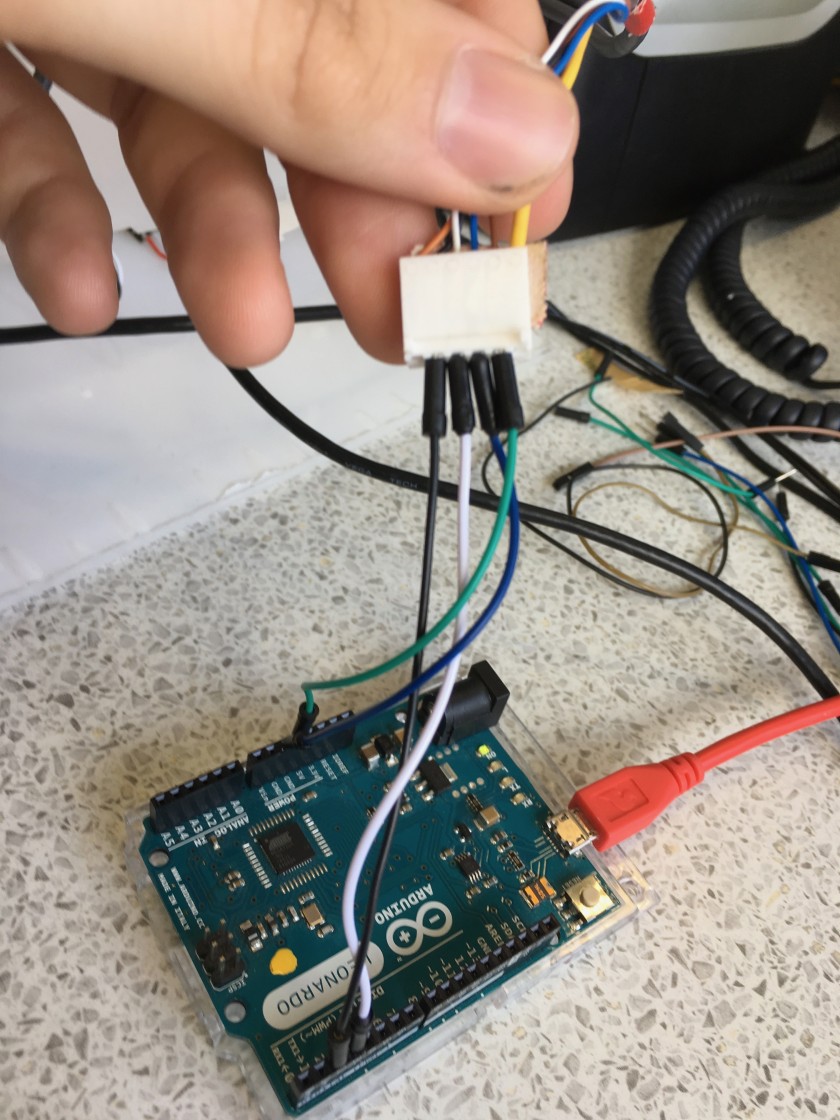How to use a rotary encoder
A rotary encoder is a device used to measure the rotation of something, similar to a rotary potentiometer but not limited to how many rotations can be made, a common example of a rotary encoder is the volume dial on a car radio, which can be turned infinitely but still only goes from 0 to 100% volume.
Rotary encoders come in a number of different types, typically either with or without 'detents' that is physical feedback as the encoder rotates, and in varying levels of resolution for more or less precise applications.
Wiring
Wiring is simple...
There are four wires:
- Ground
- 5V
- A switch
- B switch

Getting started
Rotary encoders work using two switches which are operated slightly out of phase, meaning that in one direction switch A then B pulse from LOW to HIGH, and in the other direction switch B then A pulse LOW then HIGH, enabling you to detect both that a pulse happened i.e. that it was rotated, but also in which direction.
Basic Example
In this basic example the encoder outputs the value as a positive or negative number from it's starting position.
#define enc1A_pin 2
#define enc1B_pin 3
boolean enc1A_prev;
boolean enc1B_prev;
long enc1 = 0;
long prev_enc1 = 0;
void setup() {
pinMode( enc1A_pin, INPUT_PULLUP );
pinMode( enc1B_pin, INPUT_PULLUP );
Serial.begin( 9600 );
}
void loop() {
boolean enc1A = !digitalRead( enc1A_pin );
boolean enc1B = !digitalRead( enc1B_pin );
if ( enc1A_prev == 0 && enc1A == 1 && enc1B_prev == 1 && enc1B == 1 ) enc1++;
else if ( enc1A_prev == 1 && enc1A == 1 && enc1B_prev == 0 && enc1B == 1 ) enc1--;
if ( prev_enc1 != enc1 ) {
Serial.println( enc1 );
}
if ( enc1A_prev != enc1A ) enc1A_prev = enc1A;
if ( enc1B_prev != enc1B ) enc1B_prev = enc1B;
prev_enc1 = enc1;
}
